About Trees
by Ana Brotas
Trees do not have eyes, at least, in a way that would be conventionally recognizable. Trees had certainly captivated the attention of my grandmother and she would often claim that they were some sort of monument, almost holding a monolith status. My mother, like her mother, embraced that exact same fascination, repeating these words once more down the tree lineage. I would listen in awe to the stories of personification, uttered in a fable-like manner. Even without eyes, trees witness the passage of time. They testify our lives in an infinite repetition, i.e., all the routines echoed since time immemorial. We would wonder together about the exact placement of eyes in a tree. Roots were out of the question; perhaps these could hold ears but not eyes. They also couldn’t exist on one side only, as it feels like trees are surrounding onlookers. This must surely be a matter of quantity. Trees are entirely different species so we shouldn’t suppose a placement, in our own image. It was the generalized consensus, between us—grandmother, mother, and daughter—that trees have indeed thousands of eyes. Trunk, branches, and leaves were then the most prevailing choices and each option would unfold a completely legitimate argument. As the plot thickened, we would commit to the stories with such a level of seriousness that any inherent absurdity was simply relegated to the background. Nowadays, I would probably recognize these moments as a form of speculation; moments that are now mine to replicate.
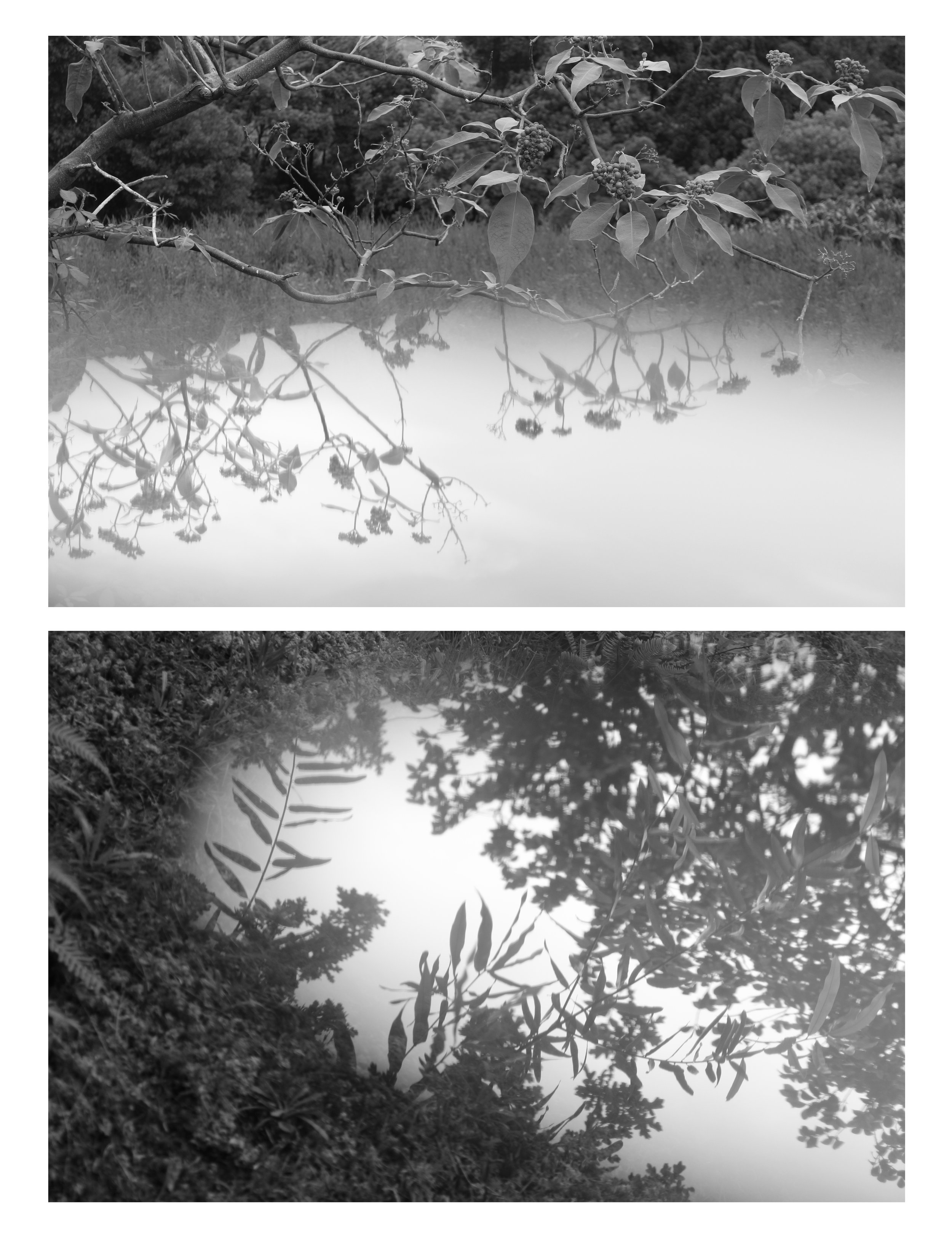
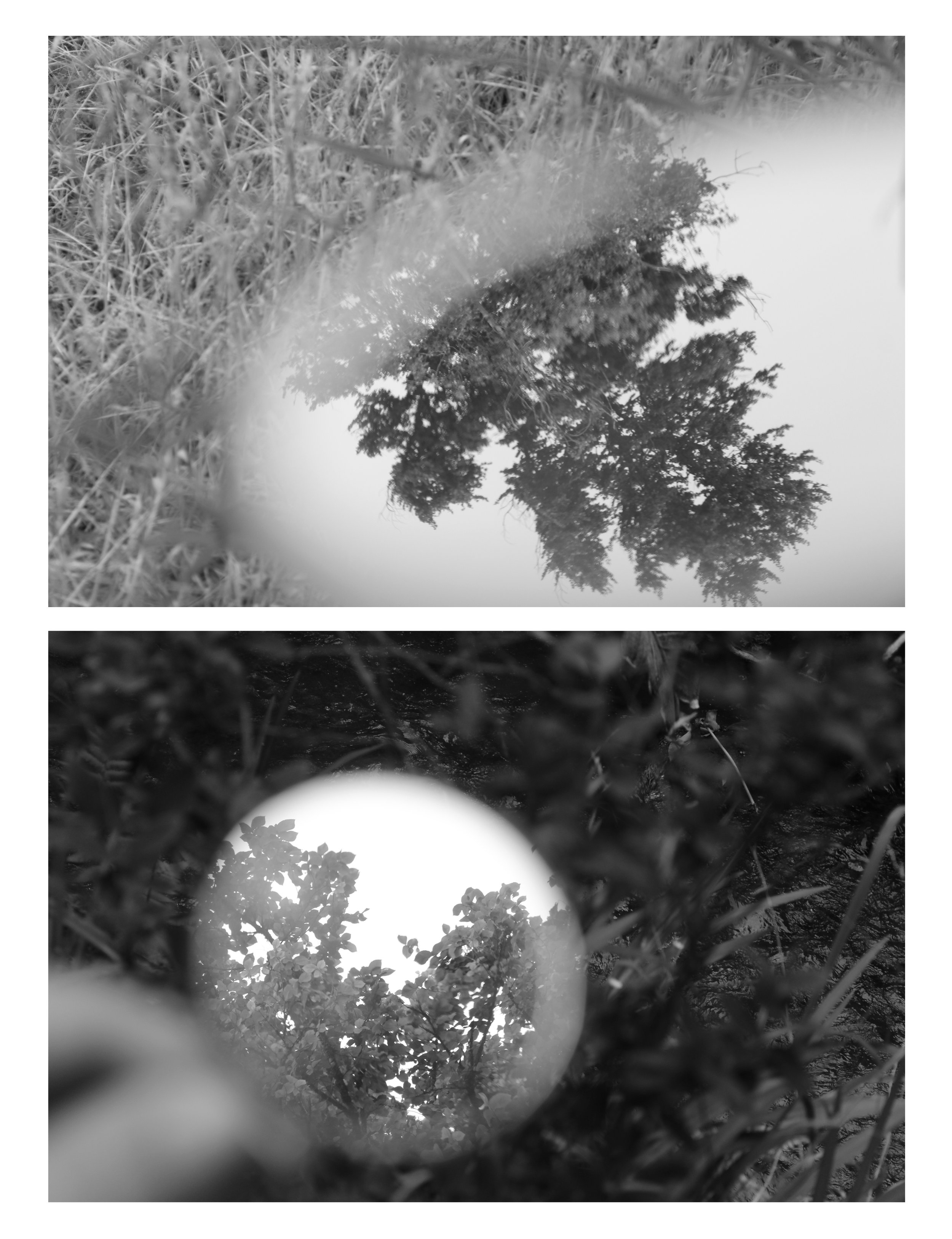
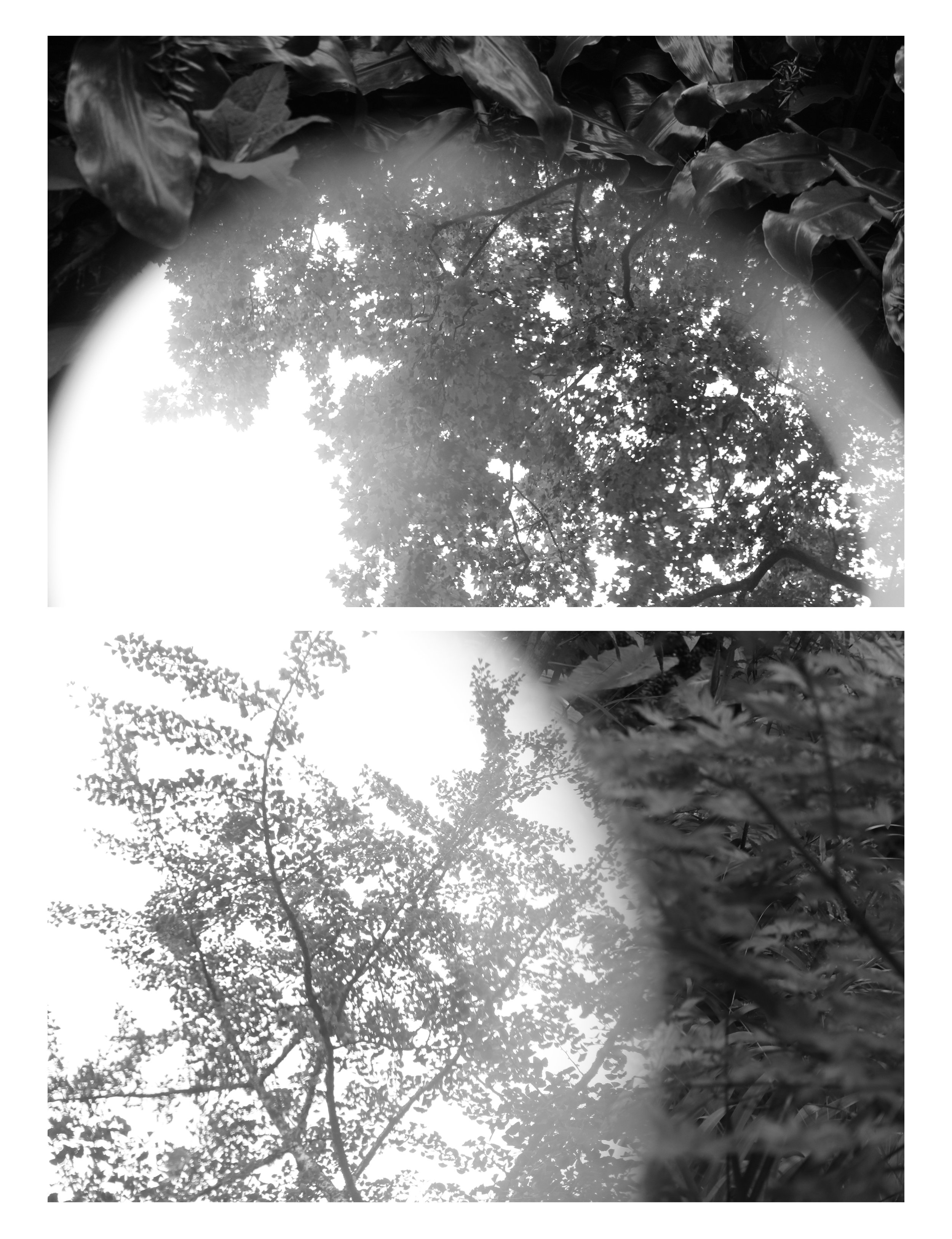
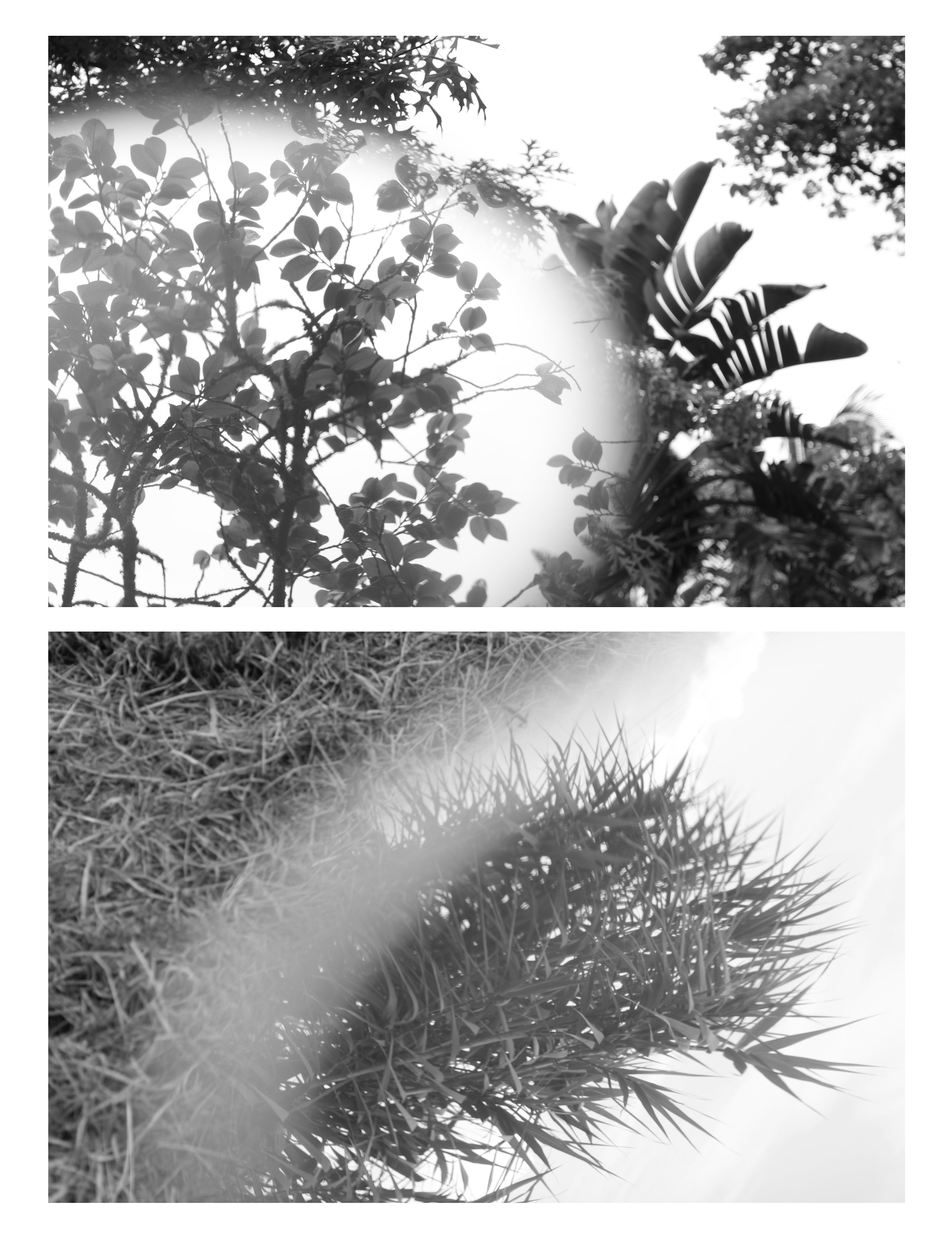
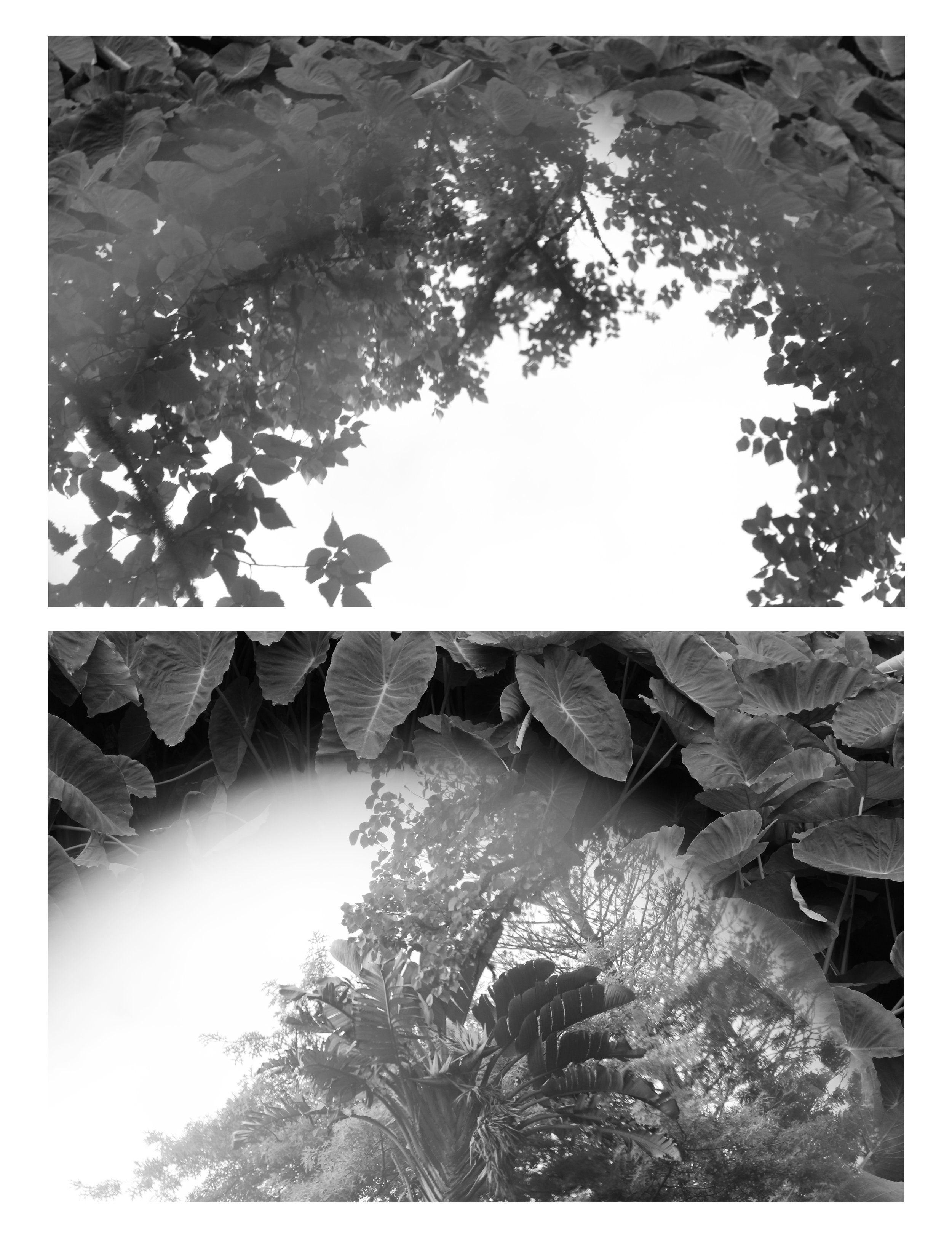





ABOUT THE CREATOR

Ana Brotas has experience in artistic research, audiovisual communication, and pedagogy. Her practice is often collaborative and interdisciplinary, responding to specific sites either as research-based projects, speculative narratives, or participatory encounters. Brotas holds an MFA in Art and Public Space from the Oslo National Academy of the Arts (Norway), for which she was awarded a bursary from the Calouste Gulbenkian Foundation (Portugal).
Photo by Michał Dobrucki.
